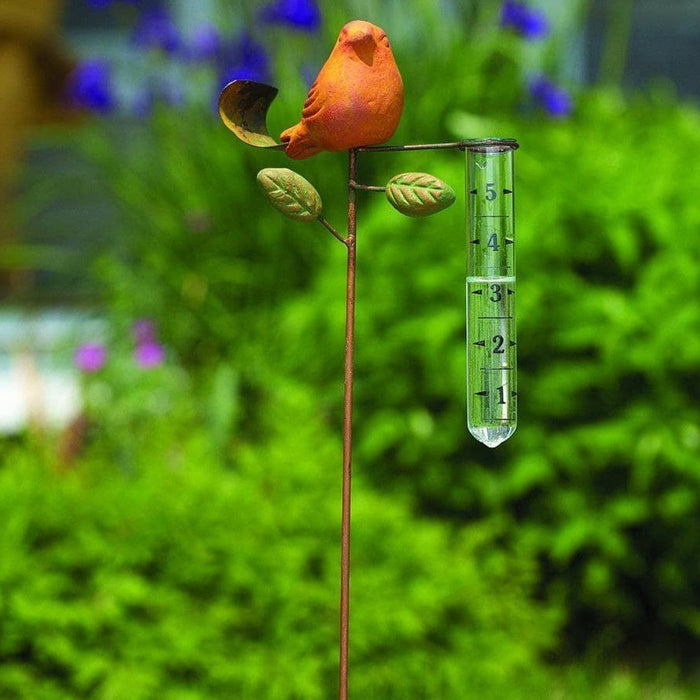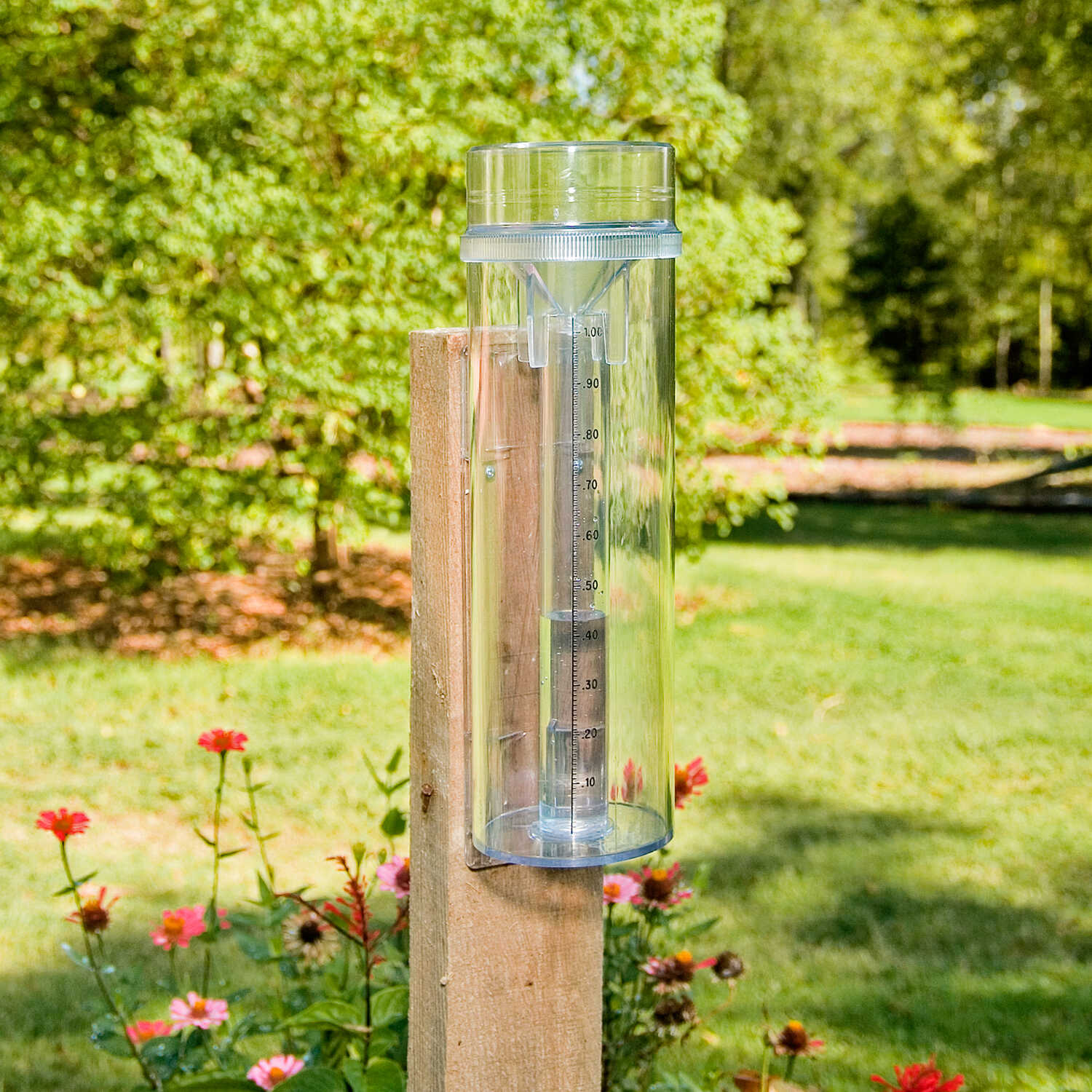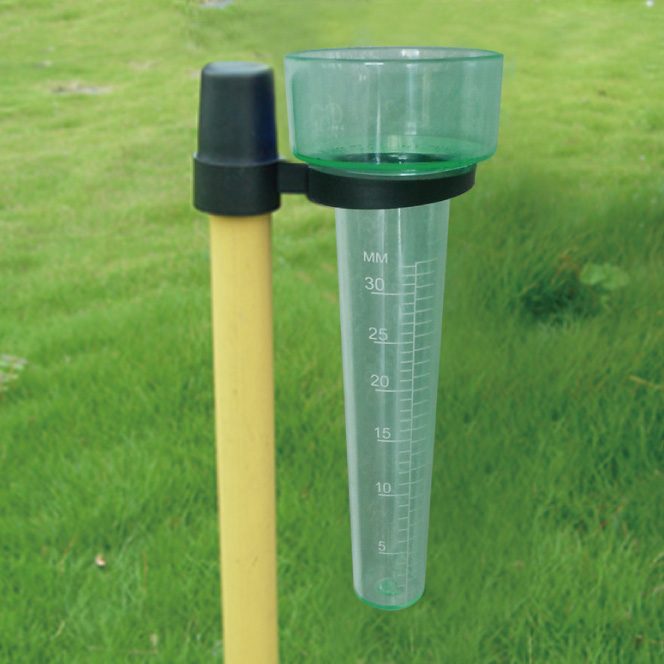The Rain Gauge: Empowering Neighborhoods with Precise Rainfall Information
Wiki Article
Just How to Pick the Right Rain Scale for Accurate Rain Information
Exact rainfall information is important for different industries and activities, such as farming, water, and meteorology source management. To obtain dependable dimensions, it is important to choose the best rain scale. This guide intends to provide important insights into the choice process, allowing you to make informed choices. Considering variables such as area, type, and precision of the rainfall scale will certainly assist guarantee precise data collection. Furthermore, understanding the maintenance and calibration treatments will add to the longevity and integrity of your rain scale. By following these standards, you can ensure exact rainfall information, enabling much better decision-making and planning for numerous applications.Value of Selecting the Right Rainfall Gauge
The significance of picking the best rainfall scale hinges on getting precise and trustworthy rainfall data for precise atmospheric evaluation. Rainfall data is vital for a vast array of applications, consisting of climate projecting, hydrological modeling, and environment study. Unreliable or incorrect information can result in erroneous verdicts and flawed decision-making procedures.
Secondly, the accuracy and accuracy of the rainfall gauge are critical. The gauge should have the ability to determine rainfall with high precision, recording also percentages of rainfall properly. It ought to also decrease errors because of evaporation, wind, and various other ecological elements. Regular calibration and upkeep are vital to make sure recurring accuracy.
Furthermore, the location and installation of the rainfall gauge are critical factors to consider. It should be positioned in an open area, far from obstructions that might affect rainfall dimensions. The gauge should be positioned at an ideal height and angle to stay clear of splashing and make sure proper catchment of rain.
Factors to Think About When Picking a Rain Scale
When picking a rainfall scale, there are several essential aspects to think about. There are various kinds offered, including common rainfall determines, tipping bucket rain assesses, and considering rainfall assesses.An additional variable to think about is the product of the rain scale. Rainfall evaluates can be constructed from numerous products, such as plastic, steel, or glass. The material picked need to be immune and sturdy to climate condition, making certain that the rainfall gauge will withstand the elements and provide exact dimensions gradually.
Accuracy is also a critical factor to consider. Seek rainfall evaluates that have been adjusted and checked for accuracy. Features such as anti-splash rings and funnels can additionally enhance the accuracy of the dimensions.

Last but not least, think about the environment and environment in which the rainfall scale will be made use of. Different rainfall evaluates appropriate for different environments, so it is essential to pick one that is proper for the conditions in your location.
Different Kinds Of Rainfall Determines Available
To better discover the factors to consider when selecting a rainfall gauge, it is crucial to comprehend the various kinds of rain assesses offered. The most typical kind is the common rainfall scale, likewise understood as the cylindrical rain gauge.Another kind of rainfall gauge is the tipping bucket rain scale. This gauge uses a seesaw-like mechanism to accumulate and gauge rainfall. As the rain drops right into the gauge, it fills up one side of the pail, creating it to tip and clear the water. The variety of ideas is counted digitally to identify the quantity of rains. Tipping bucket rain gauges are preferred for their precision and ability to gauge rainfall intensity.
A 3rd type of rainfall gauge is the evaluating rainfall gauge. As the rainfall drops into the scale, it is accumulated in a container connected to an equilibrium.
Finally, there are likewise remote rainfall gauges that use progressed technology to gauge rains (The Rain Gauge). These evaluates usage sensing units and transmitters to send information wirelessly to a central system. Remote rainfall gauges are practical for monitoring rainfall in hard-to-reach locations or for large data collection
Exactly How to Figure out the Precision of a Rain Gauge
One method to analyze the get redirected here precision of a rain gauge is by carrying out normal calibration dimensions. Calibration involves comparing the readings of a rainfall scale to a basic measurement, such as a licensed rainfall scale or a climate station with high accuracy. By comparing the measurements, any Visit This Link type of disparities or errors in the rain gauge can be identified and accounted for.To carry out a calibration dimension, beginning by collecting rains data from both the rain gauge and the conventional measurement tool over a specific time period, such as a month. Compare the analyses and compute the difference between them. This difference is referred to as the calibration mistake.
It is crucial to note that calibration measurements should be executed routinely, as ecological variables, such as wind, debris, and temperature, can affect the precision of the rain scale gradually. By conducting normal calibrations, any type of changes in the accuracy of the rainfall gauge can be detected and changes can be made appropriately.
Along with calibration, it is likewise recommended to tidy and maintain the rainfall gauge consistently to ensure its precision. Remove any kind of debris or blockages that may influence the accuracy of the dimensions, and check for any type of indicators of damage or put on that may call for repair work or substitute.
Tips for Maintaining and Adjusting Your Rainfall Gauge
Routine upkeep and calibration are important for guaranteeing the precision and reliability of your rain scale in measuring rainfall information (The Rain Gauge). By adhering to a few basic tips, you can guarantee that your rainfall scale is correctly kept and adjustedFirstly, it is crucial to cleanse your rain gauge on a regular basis to stop any type of particles or dust from obstructing the rainfall collection mechanism. Make use of a soft brush and a mild detergent to delicately cleanse the within and beyond the scale. Wash it extensively with clean water and allow it to dry totally prior to re-installing Extra resources it.
Second of all, it is advised to adjust your rain gauge at least annually. Calibration includes comparing the measurements of your rain gauge with those of a trusted and precise recommendation scale. This will certainly assist you recognize and deal with any kind of possible errors in your rain gauge's measurements.
To calibrate your rainfall scale, accumulate a well-known quantity of water making use of a gauging container and contrast it with the dimensions taped by your rainfall scale. Change the readings accordingly to guarantee precision.

Final Thought
In final thought, picking the appropriate rain gauge is vital for obtaining accurate rainfall data. Aspects such as place, budget plan, and objective ought to be thought about when picking a rainfall gauge.There are different types available, including conventional rainfall assesses, tipping bucket rainfall assesses, and considering rainfall determines.To better discover the aspects to consider when choosing a rain gauge, it is important to understand the various kinds of rainfall assesses offered. The most typical type is the basic rain scale, additionally understood as the cylindrical rain scale.An additional kind of rain gauge is the tipping pail rainfall gauge. Calibration involves comparing the analyses of a rainfall gauge to a conventional measurement, such as a certified rainfall gauge or a climate terminal with high accuracy.
Report this wiki page